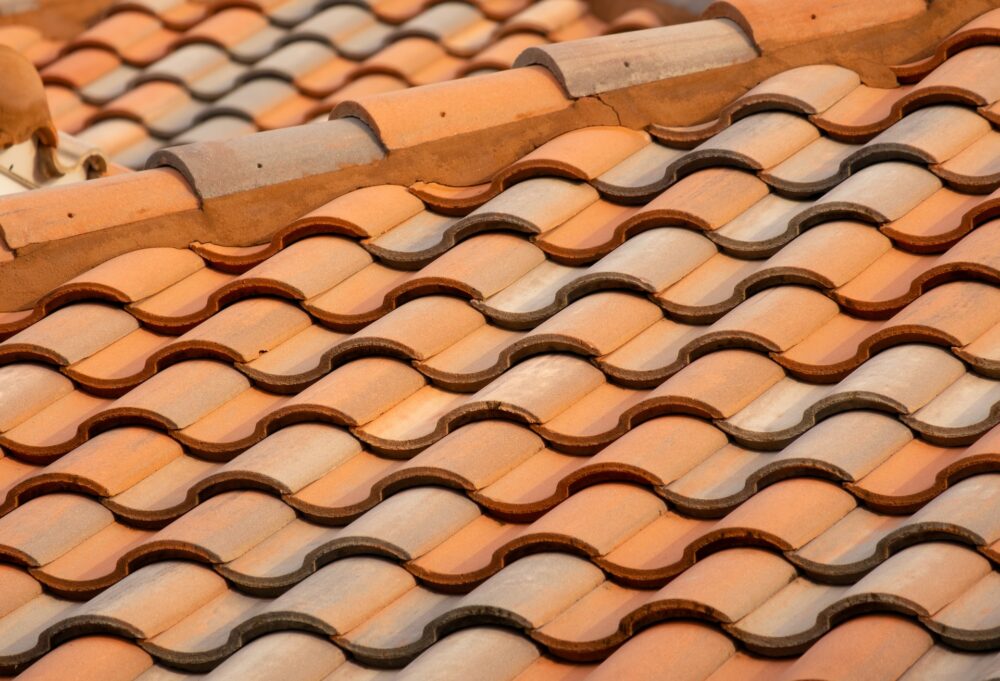Welcome to our blog, where we provide you with valuable information and tips on various home improvement projects. Today, we will focus on one of the most important aspects of your house – the roof. Choosing and setting up a new roof is a crucial decision that can greatly impact the safety and functionality of your home.
With so many options available in the market, it can be overwhelming for homeowners to make the right choice. However, fear not! We have compiled a comprehensive guide filled with useful tips to help you navigate this process and ensure that you have a durable, functional, and aesthetically pleasing roof for your home. So sit back, grab yourself a cup of coffee, and let’s dive into our recommendations for choosing and setting up a new roof.
Look For Local Experts
First and foremost, it is crucial to look for local experts. A roofing contractor who is well-versed with your local weather conditions, building codes, and procurement of regional materials will ensure your new roof is not only fit for purpose but is also compliant. They’ll be familiar with the common roof installation practices in your area, which will save you both time and money. Furthermore, hiring a local expert also means that they are readily available for maintenance and repairs in case any issues arise.
Choosing the Right Roofing Material
When it comes to choosing the right material for your new roof, consider factors such as durability, aesthetics, cost, and sustainability. There are numerous roofing materials to choose from, each with its unique set of pros and cons.
- Asphalt shingles are popular among homeowners due to their affordability and versatility. They are available in a range of colours and styles to complement the exterior of your home.
- Metal roofing is another excellent option, especially for those living in areas with extreme weather conditions. Metal roofs are durable and fire-resistant, reflecting heat and helping keep your home cooler.
- Clay and concrete tiles add elegance to your home and are incredibly durable. However, they are heavier and may require additional framing.
- Wooden shingles or shakes offer a rustic, natural look. They are eco-friendly but require more maintenance to prevent rot and decay.
- Slate roofs are highly durable and fire-resistant but come with a hefty price tag.
Researching Local Building Codes and Regulations
Before embarking on any construction project, including setting up a new roof, it’s pivotal to research local building codes and regulations. These rules are designed to ensure the safety, health, and overall welfare of the community, and failing to adhere to them can result in costly fines and delays.
You should look into local codes related to roofing material choices, structural weight load limits, fire ratings, and wind and snow resistance. Moreover, certain areas might have restrictions regarding the colour or style of the roof, especially in historic or architecturally uniform communities. You can often find these regulations on your local government’s website or by contacting the building department directly. Remember, your chosen roofing contractor should also be aware of these regulations, but it’s always a good idea to be informed yourself.

Considering Climate and Weather Conditions
An often overlooked but extremely important consideration when selecting a new roof is the climate and weather conditions in your area. The roof must be capable of withstanding the local weather elements – be it heavy rain, snow, blazing sun, or high winds.
- If you live in an area that experiences heavy rain or snowfall, a steeply sloped roof made of a water-resistant material like metal or slate is an excellent choice to prevent water accumulation and potential leaks.
- For those living in hotter climates, choosing materials with high solar reflectance can help keep your home cooler and reduce energy costs. Light-coloured tiles or cool asphalt shingles are good options for these conditions.
- Wind-resistant materials are a must for regions prone to hurricanes or high winds. Many asphalt shingle manufacturers offer products that resist wind speeds of 110 mph or more.
Always consult with a local roofing expert who understands the local weather patterns and can guide you toward the most suitable materials and designs for your new roof.
Selecting and setting up a new roof can seem like a daunting task, but with the right tips and guidance, you can make an informed decision that meets both your functional and aesthetic needs. Remember to hire local experts, research building codes and regulations, consider climate and weather conditions, and choose a durable material that suits your budget. A well-chosen roof will protect your home and add value and curb appeal to your property.


